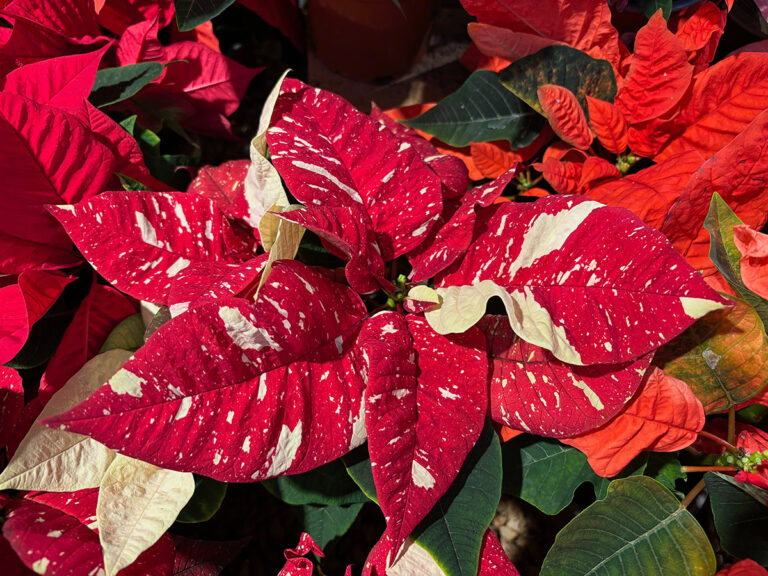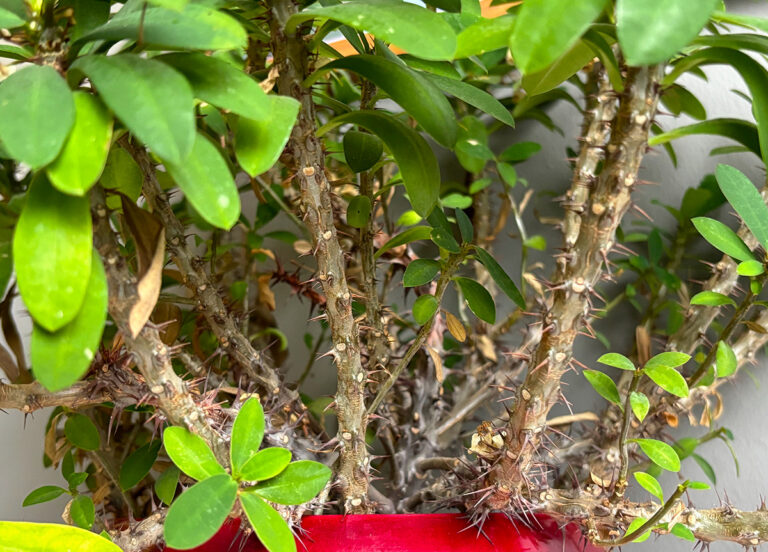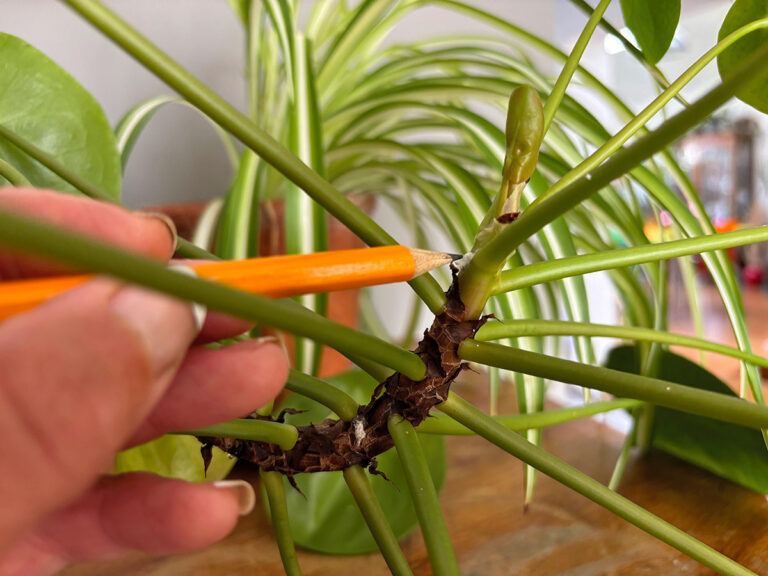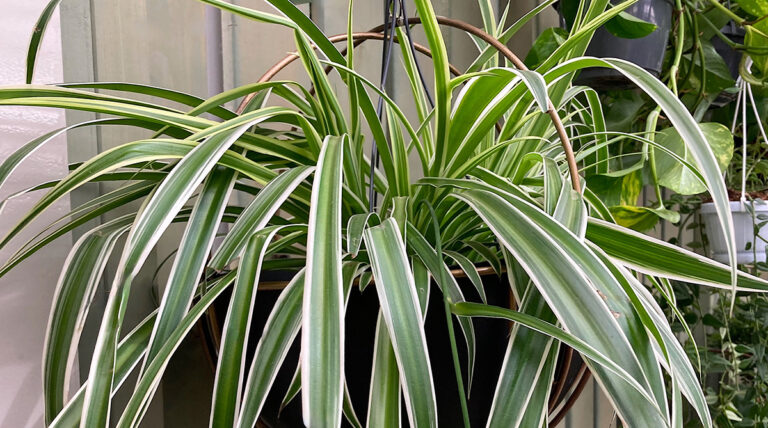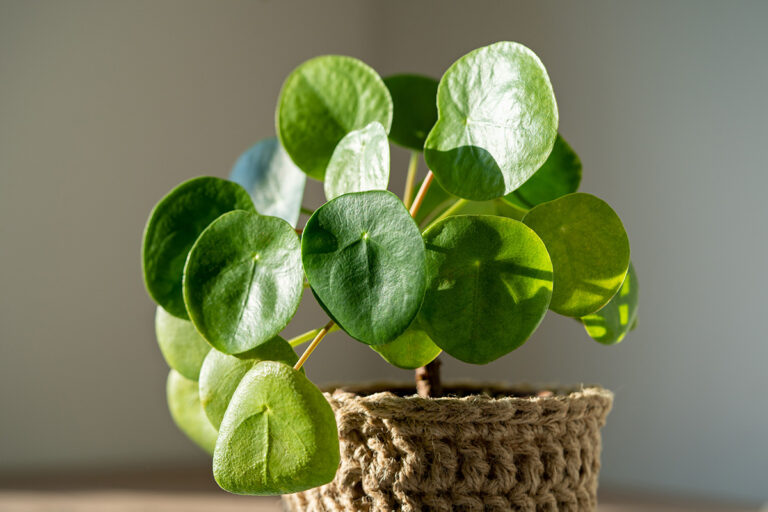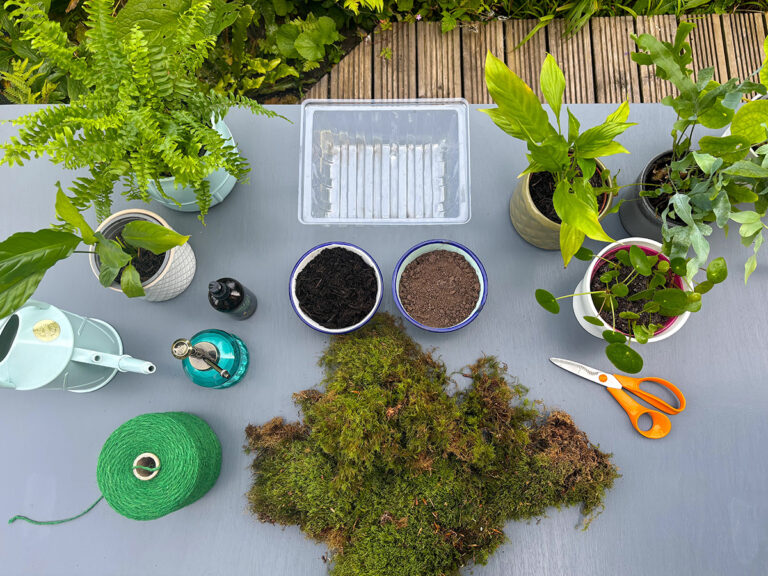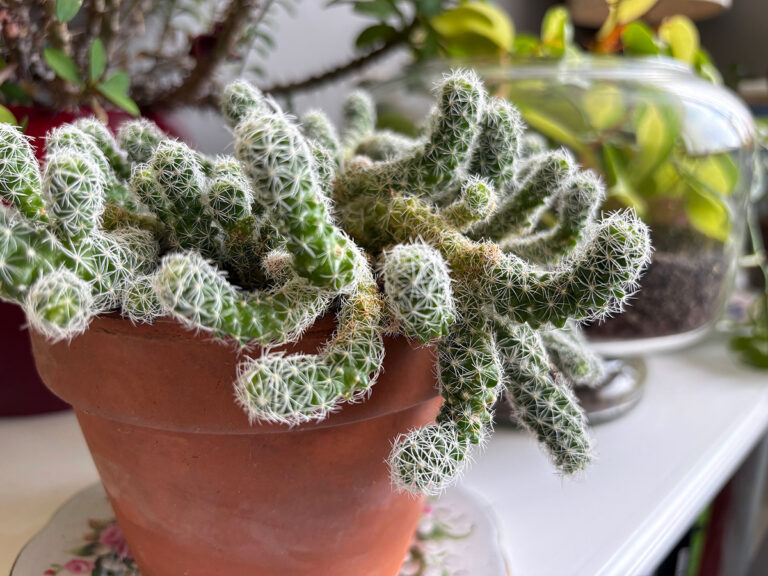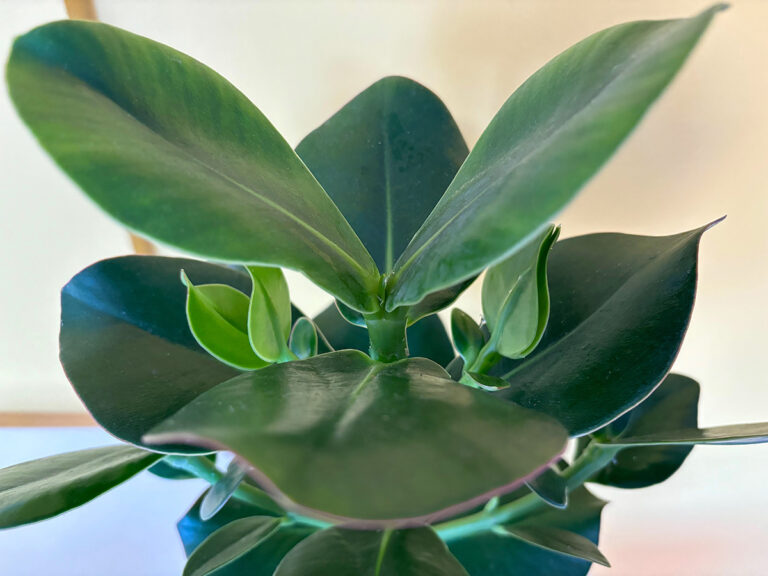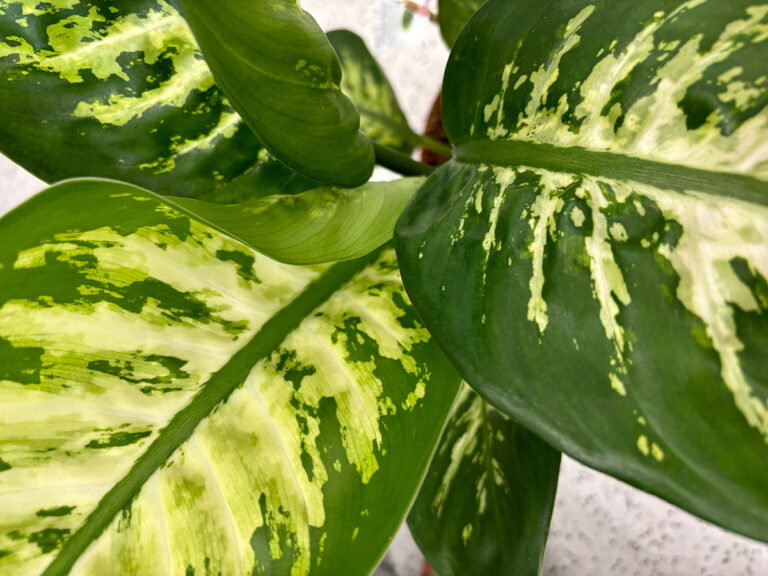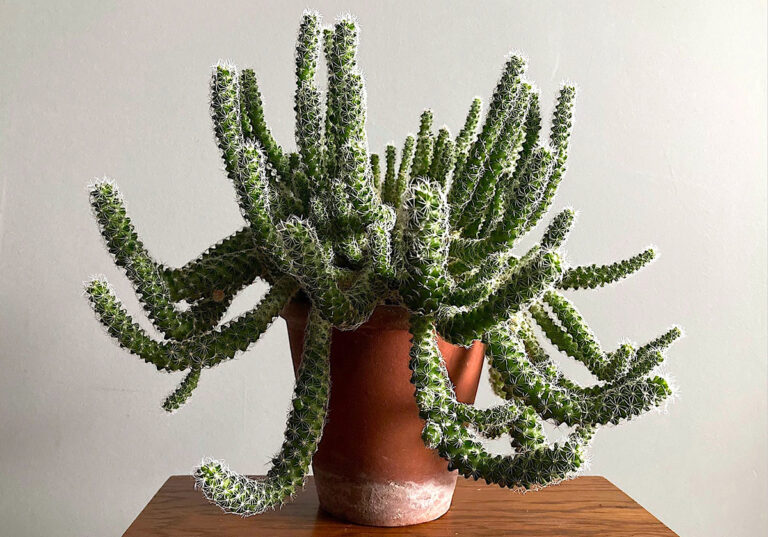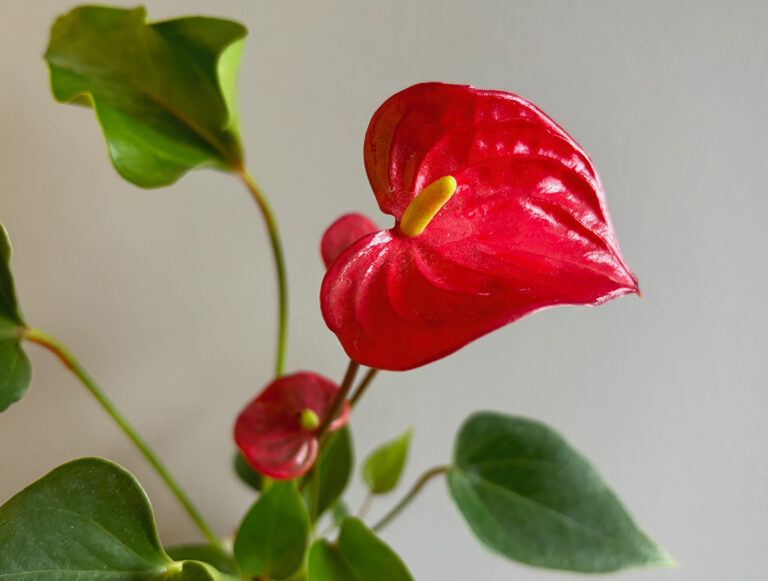Go large this year with statement houseplants and it does not get much larger than Monstera deliciosa, the Swiss Cheese Plant. Renowned for its holey leaves this impressive giant has become the must-have of contemporary homes; no longer simply the obligatory still life of art classes.
Monstera deliciosa’s popularity has rocketed and these jungle giants commanded handsome price tags over lockdown.
In their natural habitat these evergreen vines can reach the heady heights of 20 metres, seeking light through the rainforest canopies of southern Mexico and Panama, using their aerial roots to support their growth by hooking onto trees.

But how can we keep these glorious plants thriving in our homes?
Light
Monstera can cope with a variety of lighting conditions. Although bright indirect light is favourable they can actually happily live in pretty shady parts of the house; they are used to crowded rainforests with plants competing for light and space. Be warned, their leaves will scorch if left to grow in intense sunlight.
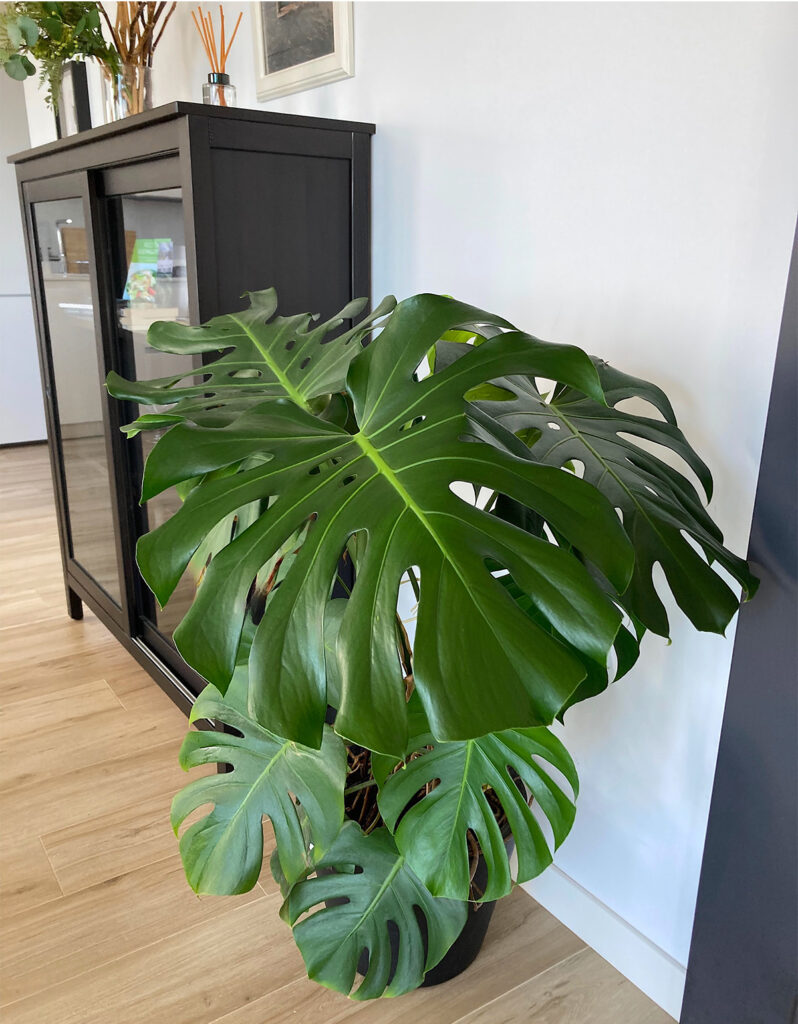
Monstera have very large leaves which collect household dust. It doesn’t take long for this dust to build up and if its not removed will clog pores and obstruct light getting through. Spray with Plantsmith Beautifying Leaf Shine Spray, and wipe with a cloth to clean leaves so the plant can easily photosynthesise. Who would have thought dusting could be so much fun?

Temperature
Keep temperatures consistent, anywhere between 18-29°C (65-85°F), and your plant away from drafts. They can cope with temperatures falling to 10°C (50°F) but growth may stall until temperatures rise.
Mist regularly with Plantsmith Perfecting Houseplant Care Mist to recreate the moist rainforest environment that our central heated homes cannot provide.
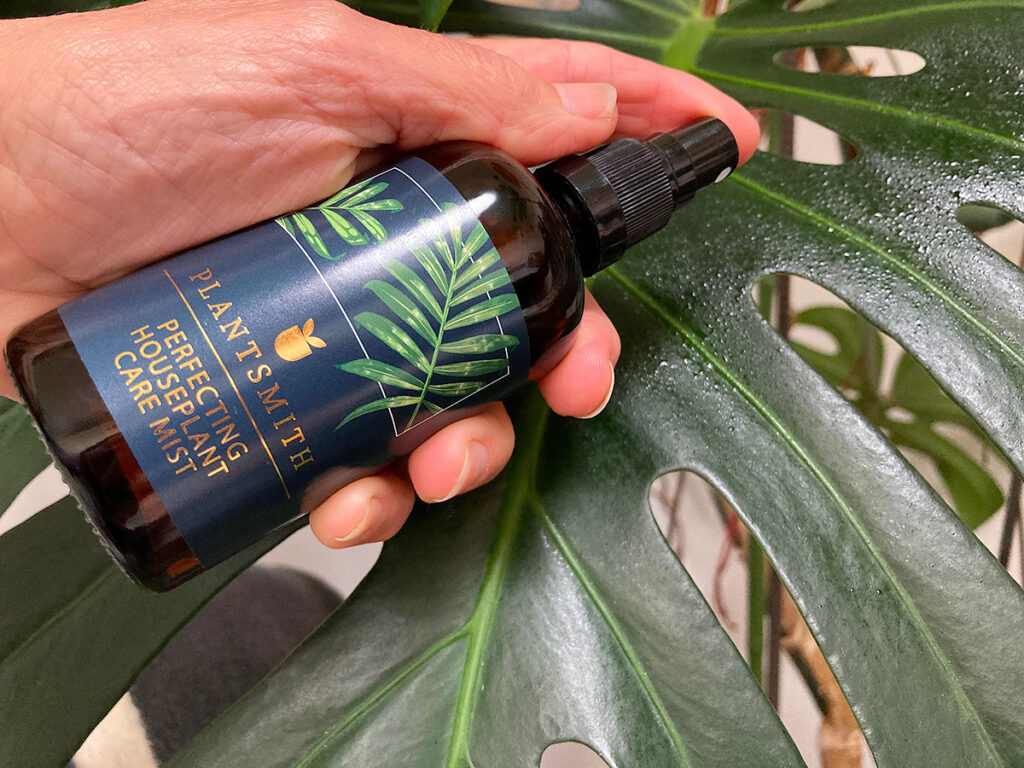
Water
Starting life as epiphytes, Monstera use their aerial roots to get nutrients and moisture from rainwater and the surrounding air. As they grow some roots anchor in to the soil for extra support, making Monstera hemiepiphytes, with both aerial and soil bound roots.
Monstera like moist soil but let the top soil dry out between waterings, they are not fans of sitting in soggy soil. They favour rainwater but if you do not have access to rainwater, boil the kettle and pour water into an open container; cool for 24 hours and tap water chemicals like fluoride and chlorine will evaporate.
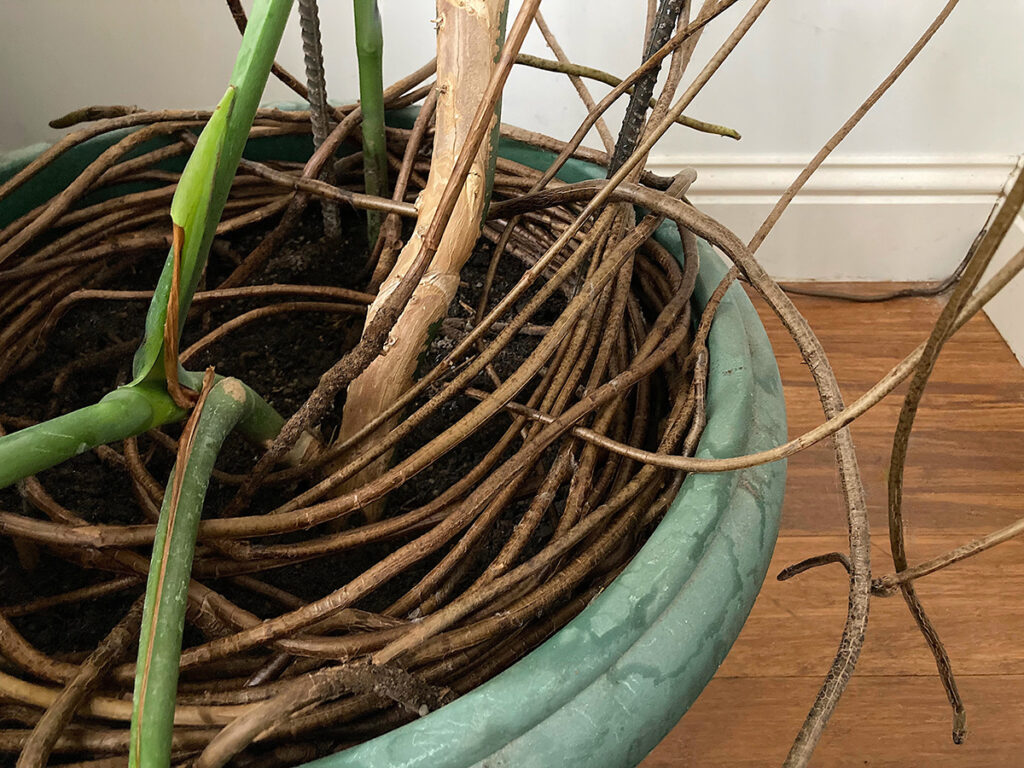
Soil
A specific houseplant or cactus potting mix is ideal for Monstera but you can also make up your own bespoke mix, just ensure the composition is free-draining. Combine homemade compost with perlite, coir or orchid bark to create a balance of organic matter with drainage. Keeping soil light and aerated rather than compacted, will help air circulation around roots.
Monstera will grow happily in neutral soil but favour slightly acidic conditions, so aim for a pH between 5.5 to 7.
Fertiliser
Feeding once a month will provide your Monstera with all the essential nutrients it needs to excel but if you want to give it an extra boost during the peak growing season then feed every other week.
Over fertilising your houseplants is not good; it can scorch leaves and do more harm than good. Plantsmith Fortifying Houseplant Feed & Tonic is especially formulated to contain the optimum strength and balance of nutrients for houseplants, containing potassium, iron, magnesium and kelp amongst other essential micro and macro nutrients. Plantsmith Feed & Tonic encourages healthy foliage and promotes flower growth.
Houseplants rely on us to feed them so make sure you give them a formula which is specifically designed for houseplant’s needs. Houseplants undertake all their chemical reactions in solution so soluble food saves plants wasting energy breaking material down before they can use it.
Give the bottle a good shake and mix 5 ml (approx. 4 pumps) from the 500ml bottle or dilute one pipette from a 100ml bottle into a litre of tepid rainwater and apply.
Flowering
In optimum conditions Monstera deliciosa will in fact flower and bear fruit. They can produce the most spectacular hooded flower spike. The unripe fruit can cause irritation due to being packed with calcium oxalate crystals but once ripe is edible. If in doubt – don’t eat it!
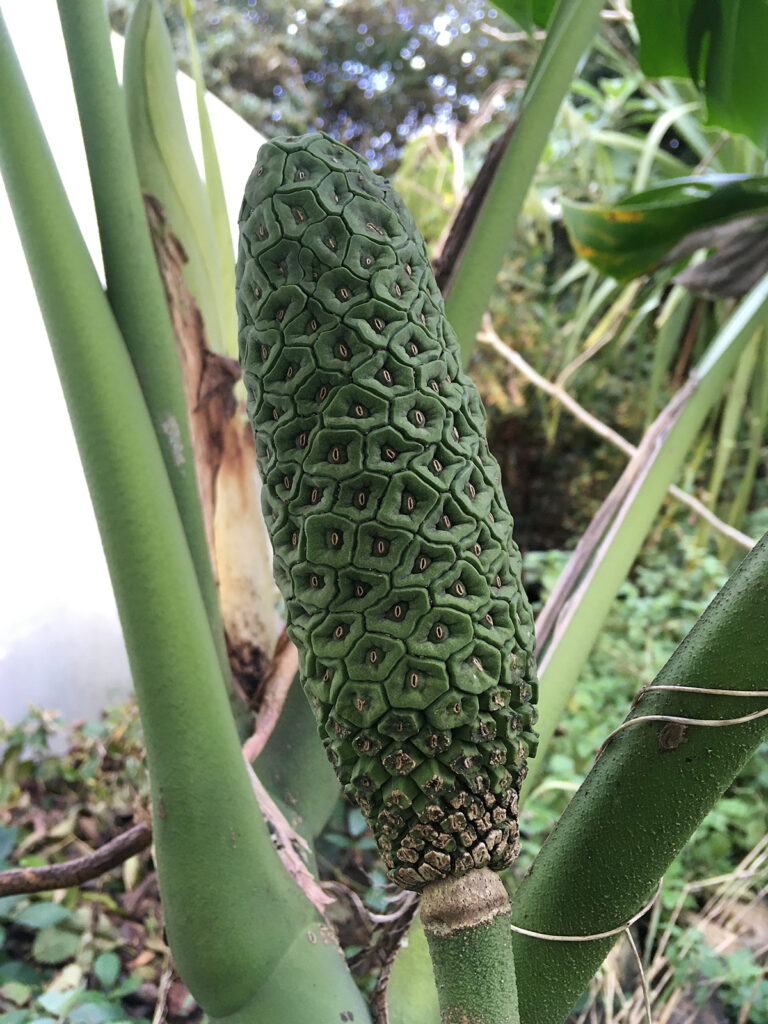
Problem Solver
Why have Monstera deliciosa got holey leaves?
There are many theories as to why Monstera have iconic holey foliage. One thought is that the plant would appear diseased or damaged to hungry predators another theory is that these holes allow the driving wind and rain of tropical storms to effortlessly move through the plant without damage.
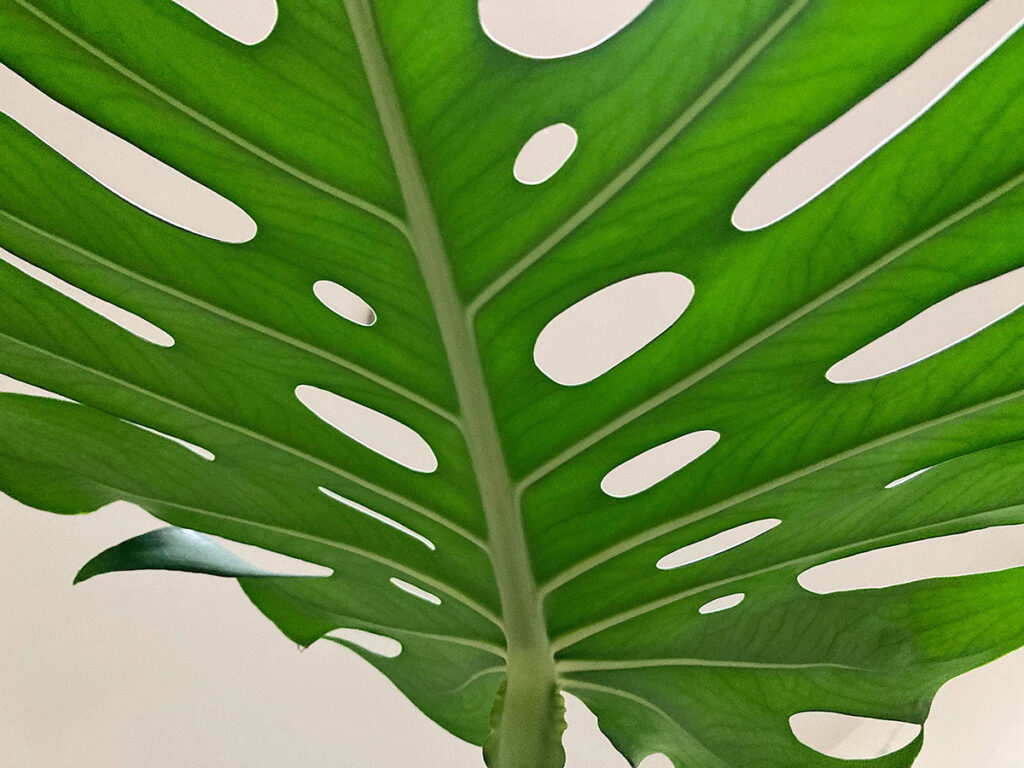
Monstera cling onto trees in the wild as a climbing frame so what can I use at home? A moss pole will provide strong support for it to climb up.
Pests
Monstera aren’t too prone to pests but look out for fungus gnats, mealybugs and spider mites. If you find them, deal with the infestation quickly to stop it spreading as pest attacks can weaken plants.
Boost their vigour with Plantsmith Protecting Bug Control Spray. This 100% natural, vegan formula helps deter pests but also provides some much needed nutrients. Plantsmith Protecting Bug Control Spray is a blend of natural surfactants alongside iron chelate, manganese chelate and magnesium.

Propagation
It is possible to propagate these monster Monstera and surprisingly you can take cuttings and they will root simply in a glass of water! Equally, they can be rooted in soil but you will not be able to see the developing roots. Make sure your cutting has at least one node and a couple of leaves; if there was an aerial root too that is a bonus but not essential.
Fun Fact
In the wild, Monstera deliciosa bear impressive fruit which looks like a giant ear of corn and apparently tastes like bananas and pineapples.
The South Americans discovered many uses for Monstera and stripped the root down to make ropes and baskets.


